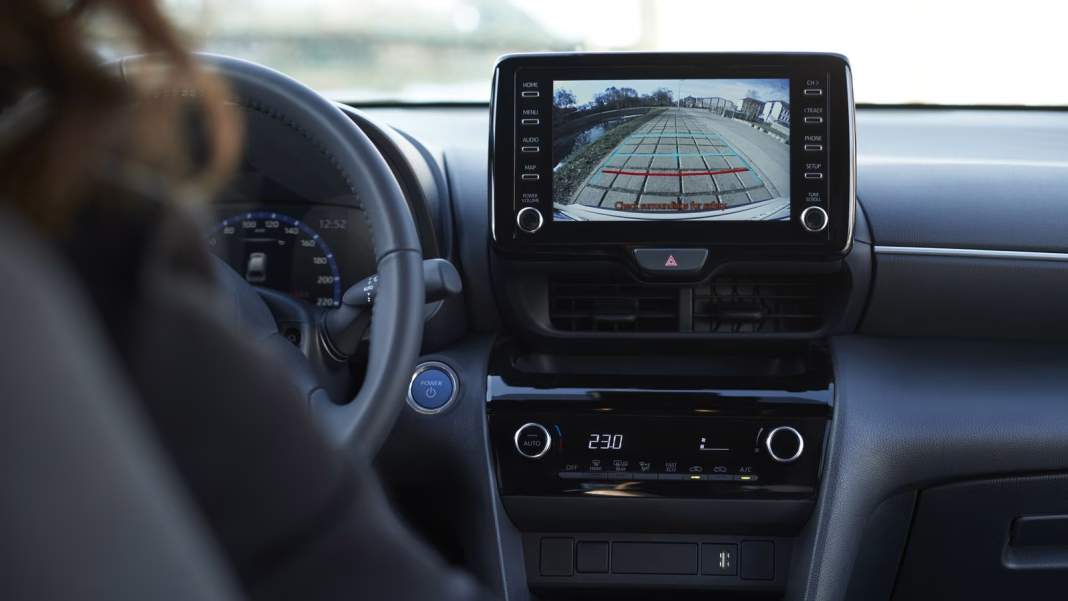Why Are Cars Getting Bigger, and What Does That Mean for Drivers?
Take a look around any parking lot, and you’ll notice something: vehicles have been bulking up. SUVs and trucks dominate the road, and even sedans seem to have put on a few inches. According to data from the Environmental Protection Agency, the average new vehicle sold in the US is now over 4,000 pounds—up nearly 25% since the 1980s. That extra heft isn’t just about style. It’s driven by consumer demand for more space, safety features, and the rise of all-wheel-drive systems. But there’s a trade-off: as cars grow, outward visibility shrinks. Thicker roof pillars, higher beltlines, and taller hoods all make it harder to see what’s around you, especially when backing up or squeezing into a tight spot.
How Backup Cameras Became a Must-Have (Not Just a Luxury)
Remember when backup cameras were a luxury reserved for high-end vehicles? That’s ancient history. Since 2018, US law has required all new cars to come equipped with rearview cameras. And for good reason. The National Highway Traffic Safety Administration found that backup cameras can reduce backover crashes by up to 57%. That’s a staggering improvement, especially when you consider that larger vehicles have bigger blind spots. For families with young children or anyone living in a busy neighborhood, that extra layer of visibility isn’t just convenient—it’s potentially life-saving.
What Do Those Colored Lines on Your Backup Camera Actually Mean?
If you’ve ever glanced at your backup camera and wondered about those colored lines, you’re not alone. They’re more than just decoration. The green, yellow, and red lines are guides designed to help you judge distance and trajectory. Green means you’re in the clear. Yellow? Time to slow down and pay attention. Red is your cue to stop—something’s getting close. Some systems even have dynamic lines that curve as you turn the steering wheel, showing exactly where your car will go. It’s like having a parking coach built right into your dashboard.
Can Backup Cameras Really Help With Parallel Parking?
Parallel parking is the bane of many drivers’ existence, especially with today’s wider cars and tighter urban spaces. But here’s the good news: backup cameras can make it a breeze. By using the colored lines as a reference, you can line up your car perfectly with the curb and neighboring vehicles. A 2022 study from the Insurance Institute for Highway Safety found that drivers using backup cameras were 36% less likely to hit an obstacle while parking. The trick is to trust the camera, but also use your mirrors and check your surroundings. Technology is a tool, not a crutch.
Are There Limitations to Relying on Backup Cameras Alone?
As helpful as backup cameras are, they’re not infallible. Rain, snow, or dirt can obscure the lens, turning your high-tech helper into a blurry mess. And while cameras give you a great view of what’s directly behind, they can’t always show everything—like a cyclist approaching from the side or a low curb just out of frame. Experts recommend making backup cameras part of a broader safety routine: check your mirrors, glance over your shoulder, and keep your camera lens clean. Think of it as layering your defenses.
What’s the Real-World Impact of Better Visibility on Safety?
The numbers don’t lie. Since the widespread adoption of backup cameras, backover accidents—especially those involving children—have dropped significantly. According to the NHTSA, an estimated 58 to 69 lives are saved each year thanks to rearview cameras. That’s not just a statistic; it’s peace of mind for parents, pet owners, and anyone who’s ever worried about what’s lurking in a blind spot. Plus, fewer fender benders mean lower insurance premiums and less hassle all around.
How Can You Get the Most Out of Your Backup Camera?
A few simple habits can make your backup camera even more effective. First, give the lens a quick wipe before you drive, especially in bad weather. Next, practice using the colored lines in an empty parking lot to get a feel for your car’s dimensions. And don’t forget to combine the camera view with your mirrors and a quick glance over your shoulder. The result? Pure magic. Parking becomes less stressful, and you’ll find yourself squeezing into spots you once thought impossible.
The big takeaway? Navigating today’s larger vehicles isn’t about perfection—it’s about smarter adjustments. Start with one change this week, and you’ll likely spot the difference by month’s end.


